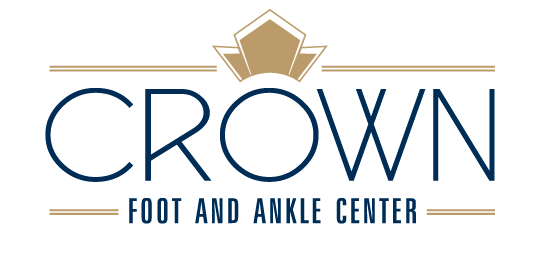What is Rheumatoid Arthritis?
Rheumatoid arthritis (RA) is a disease in which certain cells of the immune system malfunction and attack healthy joints.
RA causes inflammation in the lining (synovium) of joints, most often the joints of the hands and feet. The signs of inflammation can include pain, swelling, redness, and a feeling of warmth around affected joints. In some patients, chronic inflammation results in damage to the cartilage and bones in the joint. Serious damage can lead to permanent joint destruction, deformity, and disability.
When joints become inflamed due to RA, the synovium thickens and produces an excess of joint fluid. This overabundance of fluid, along with inflammatory chemicals released by the immune system, causes swelling and damage to the joint’s cartilage and bones.
Symptoms Affecting the Foot and Ankle
Foot problems caused by RA commonly occur in the forefoot (the ball of the foot, near the toes), although RA can also affect other areas of the foot and ankle. The most common signs and symptoms of RA-related foot problems, in addition to the abnormal appearance of deformities, are pain, swelling, joint stiffness, and difficulty walking.
Deformities and conditions associated with RA may include:
- Rheumatoid nodules (lumps), which cause pain when they rub against shoes or, if they appear on the bottom of the foot, pain when walking
- Dislocated toe joints
- Hammertoes
- Bunions
- Heel pain
- Achilles tendon pain
- Flatfoot
- Ankle pain
Diagnosis
RA is diagnosed on the basis of a clinical examination as well as blood tests.
To further evaluate the patient’s foot and ankle problems, the surgeon may order x-rays and/or other imaging tests.
